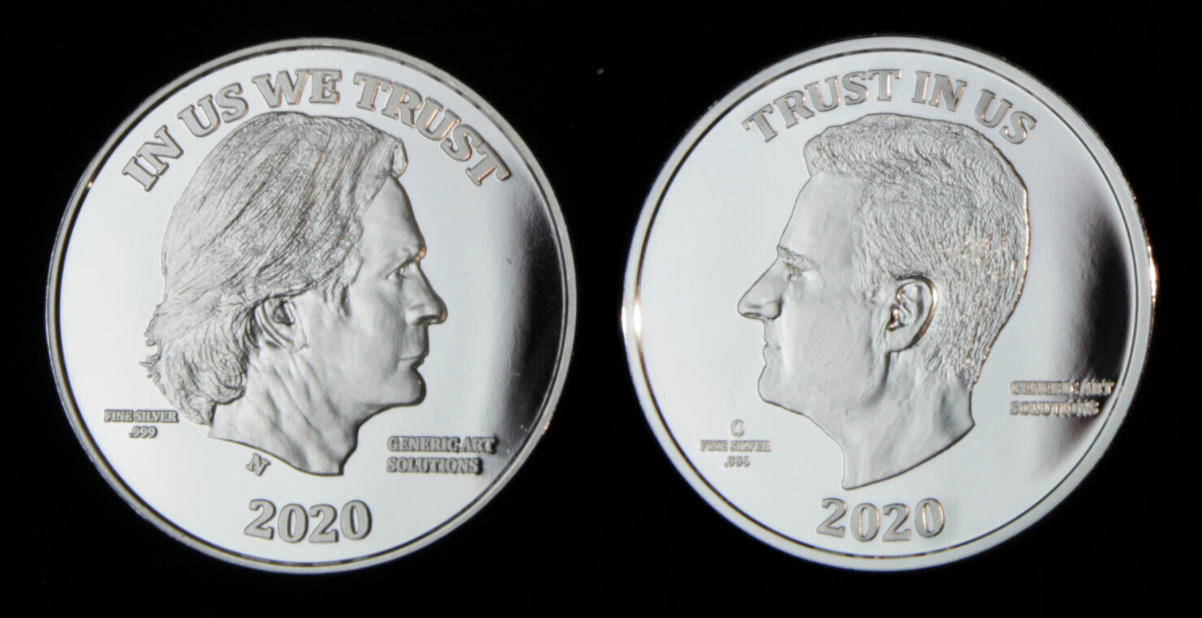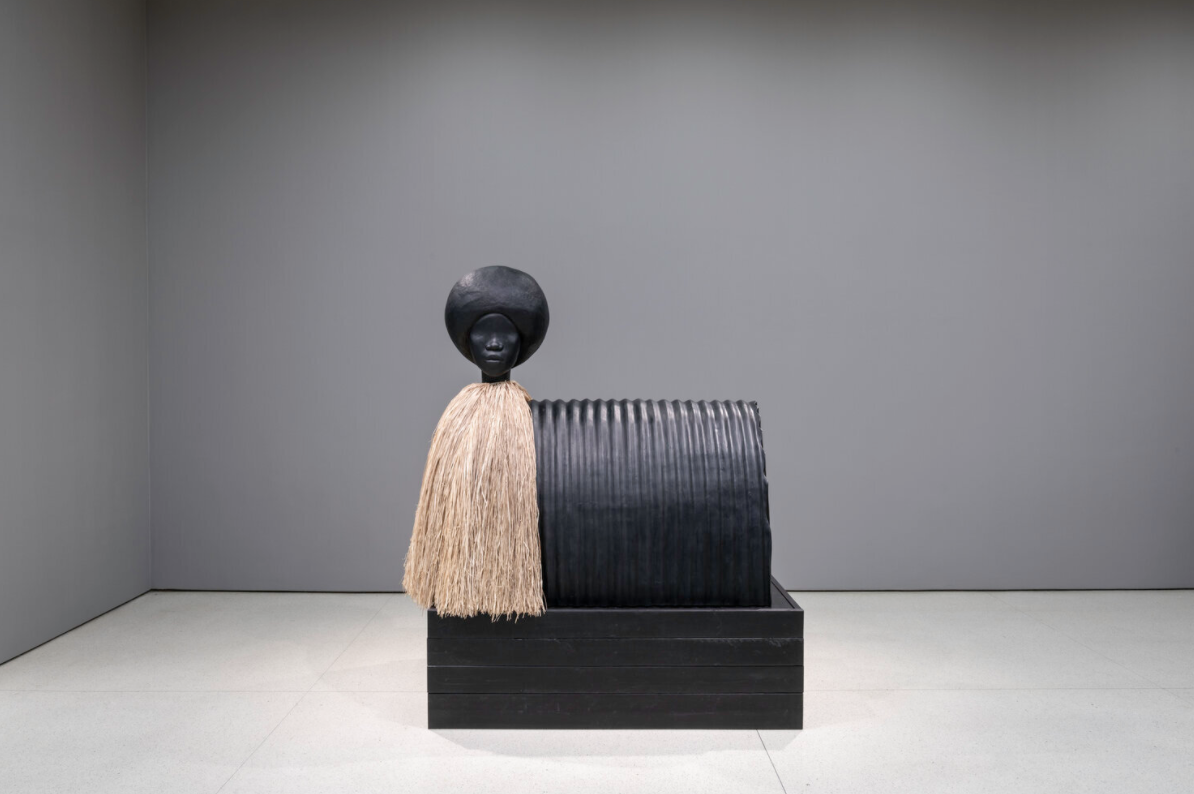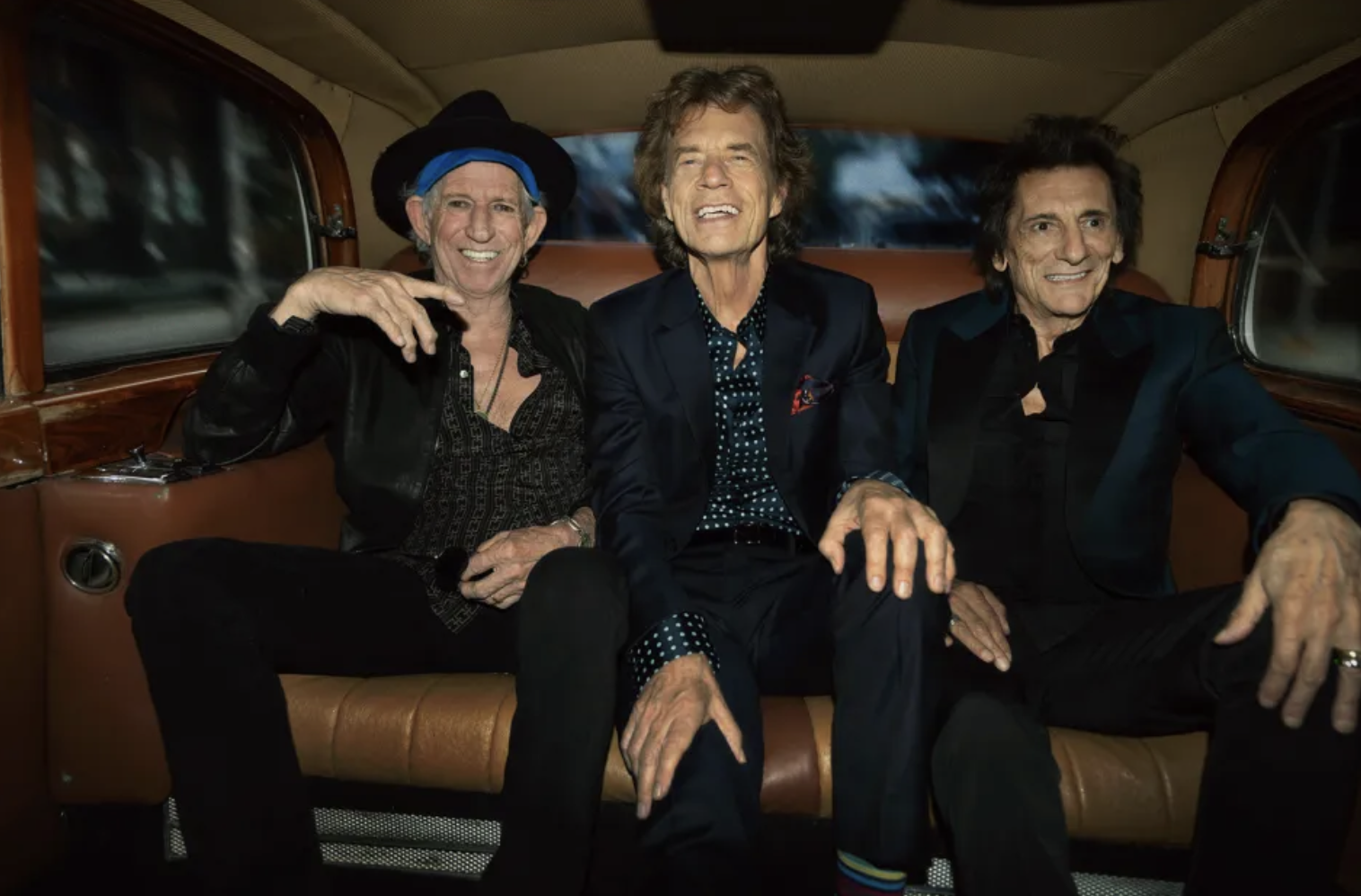Prospect.5 Opens Under the Influence of Another Hurricane

From “Face Value: The Illusions Of Power And Money” by Generic Art Solutions, a P.5 satellite show
When the New Orleans arts biennial kicked off in 2008, Hurricane Katrina loomed large over the event. When Prospect.5 starts on Saturday, Hurricane Ida’s impacts will be felt.
Prospect.1 had two legacies that subsequent Prospects have had to deal with. When the contemporary arts biennial debuted in New Orleans in 2008, director and creator Dan Cameron envisioned an event that would become an economic driver for a city that could use one after Hurricane Katrina. It produced a spike in arts-oriented tourism, but not in the numbers that organizers envisioned, and that shortfall linked Prospect to the World’s Fair, Jazzland, and countless other good-sounding ideas that were supposed to bring in tourism but didn’t.
Prospect.1 is also memorable for its ambition in scale and concept. Its signature piece, “Mithra,” an ark made by artist Mark Bradford and located in the Lower Ninth Ward, made a clear, direct, and relevant statement that was hard to miss in person and online. Prospect.1 tucked shows into non-standard spaces that added an element of adventure to the usually staid activity of arts consumption, and it emphasized how provisional New Orleans’ recovery felt in 2008.
Prospect.5 doesn’t feel as fragile, but it has to deal with those lingering issues and a new one of its own. Executive director Nick Stillman envisioned an opening weekend that would make a big splash on Saturday, one that tourists and the arts press could focus on, but Hurricane Ida had other plans. Ida’s arrival displaced workers involved in getting the venues ready for the shows, and that forced many to attend to their homes and personal needs before they could turn their attention back to Prospect. That in turn forced organizers to rethink Prospect’s marketing efforts.
“It became clear that in that moment, we needed to be as sensitive as possible to the people of New Orleans,” Stillman says. “That meant not pressuring them about Prospect at a time when they were worried about their families or much larger concerns.”
Organizers decided to stagger the openings in deference to the situations workers dealt with, which means new sites will open throughout P.5’s run from October 23 to January 23, 2022. Most will open on the first weekends starting with the Contemporary Arts Center, the Ogden Museum of Southern Art, and a handful of other sites on the weekends of October 23 and 30. The staggered openings make Prospect.5 less demanding as those who wish to see it can dedicate a few hours a weekend to it rather than spend a day or two chin-deep it art shows. The change also means that the artists whose shows open on a given weekend can get more attention than they would if the whole exhibition opened at once.
“A Monumental Offering of Potential Energy” by EJ Hill, 2016
Stillman comes to this year’s Prospect with roots in the local and national arts community. He was the executive director of the Arts Council of New Orleans, and he taught modern contemporary art history at the University of New Orleans after moving to the city in 2010. He came from New York City, where he was a curator and writer about contemporary art for a number of outlets and organizations. He has seen all but Prospect.1 but knows that inaugural version’s reputation well.
“Part of our goal is to recapture some of that magic that was very alive during Prospect.1,” he says. He recognizes that the buzz and artistic success of that year is inextricably tied to the event’s proximity to the destruction that followed Hurricane Katrina, and the way that the art on display felt like an international conversation about New Orleans’ past, present and future. It was, he believes, the right event at the right time, making a symbolically valuable statement about New Orleans’ resilience while bringing real dollars into the community through culture-based tourism.
The proximity of Katrina-like destruction was unique to P.1, but the shadow of difficult times color this year’s exhibition, which makes it feel important to Stillman.
“Prospect is coming at a time when it’s easy to feel demoralized,” he says. “Jazz Fest didn’t happen. French Quarter Festival isn’t happening. Buku isn’t happening. Voodoo was canceled. The rhythm of the cultural calendar in New Orleans is really important to the city, and it’s been disrupted for two years straight now.” With that in mind, he and organizers not only want to get it up and running, but want it to feel magical as well.
Part of that impulse means making sure that P.5 pieces are context- and site-specific. Fortunately, Stillman has found it easy to get artists to create work that makes sense in New Orleans in 2021 because New Orleans is New Orleans. “One great example is by one of our biggest names in Prospect.5, Glenn Ligon,” Stillman says. He uses neon to spell out dates that are significant in the history of people of color in America, and he’ll install a piece in the Ogden Museum of Southern Art’s library that will spell out a series of dates when Confederate sculptures in the region have fallen.
Unconventional spaces like the Ogden’s library are part of Prospect.1’s legacy, and Stillman is proud to have a few other, similarly underutilized venues including the Happyland Theater in the Bywater as part of P.5. “Happyland was an early 20th century cinema that has become defunct,” Stillman says. “It’s an extremely unique and strange theater atmosphere, and if you were looking at it from the outside, you’d have no idea it was a theater. He’s equally excited to install a show on the second floor of the Lakefront Airport.
“What a special venue,” he says of the building and its Art Deco design. “I think a lot of New Orleanians don’t really know about it. And even if they know it’s there, maybe people don’t know about the architectural significance of that beautiful, beautiful building.”
On November 20, artist E.J. Hill will present a monument to the Jazzland ferris wheel in Joe Brown Park in New Orleans East.
“Loophole of Retreat” by Simone Leigh
Stillman is acutely aware of the challenges previous Prospects have faced. One criticism locals aimed at Prospect.1 was that it leaned too heavily on national artists. Subsequent Prospects tried to remedy that by creating “satellite” shows that allowed greater participation by New Orleans artists at the expense of coherence. The connection between those shows, the “official” shows, and theme felt hazy and made a sprawling event even harder to process. It didn’t help that the “satellite” designation made the attachment to those Prospects feel mechanical, like a conciliatory inclusive gesture instead of a desired addition.
Stillman found the satellite concept unsatisfying as well and dealt with it by drastically cutting down the number of satellite shows to seven and making sure that they fit with the theme. “We put out a call for satellite projects and selected a small amount made by either individual artists or collectives, and in some way all of these shows fit into the Prospect.5 exhibition,” he says. The smaller number made it possible for Prospect to invest some resources in the satellite artists this time around, unlike in the past.
Prospect.5 also tried to address the satellite issue by making it less necessary. Twenty percent of the artists participating in this year’s exhibition are local, not including satellite artists. That’s the highest percentage of local artists yet, Stillman says, but in his mind, there’s more to the question of local representation than a simple headcount. “Two of our museums, the Ogden and the CAC, do annual shows that focus on New Orleans-based or regional contemporary arts, so that’s being covered,” he says. “There’s no reason for us to replicate something that’s already being done well by the Ogden and the CAC.”
Spillman explains his philosophy in much the same way that Jazz Fest producer Quint Davis talks about the top of stages’ bills. “We can recruit from the pool of artists that is national or international and pair them with New Orleans-based artists,” Spillman says, figuring that the notoriety of the national artists will help people find the locals, and that sharing shows will help local artists connect with their international peers.
Prospect.5 opens this weekend with its single largest show at the CAC, which means that people who have a limited amount of time can get a good taste of the exhibition there, particularly on Sunday when admission for Louisiana residents is free. The following weekend, the Ogden across the street will open its show including a number of New Orleans artists, which makes that weekend another great opportunity for an immersion in the P.5 experience.
The work in P.5 is made for the art-literate, but it’s also made with a consciousness of more casual consumers who want to be a part of the kind of event that gives life in New Orleans its shape. Stillman believes this year’s Prospect works for both audiences and says it was definitely made with both audiences in mind. Not all pieces are equally accessible he says, but “I think this is an exhibition that everyone will be able to experience in a way that is sensory-based and viscerally based.”
The gradual roll-out has forced organizers to change the way they market this year’s event, and instead of focusing attention on its opening, they’re aiming national attention on its closing weekend, January 20-23 when all the shows will be open, the gala and the artists party will take place, along with many of the workshops and talks. “We will have a major installation that will go up in January by the artist Simone Leigh, who is the American representative at the upcoming Venice Biennale, and the first Black woman to ever hold that honor,” he says. “I like that idea of having a major artist and a major gesture that happens at the closing as well.”
Stillman can only worry so much about national attendance, though. He’s optimistic, but between Hurricane Ida and more than a year and a half of life under COVID, there’s no way to know how people will feel about traveling. Instead, he has tried to stay focused on the things he can control and that is Prospect’s artistic and conceptual mission.
“The top priority has to be enabling artists to produce great work that they might not have otherwise had an opportunity to produce,” he says. “We have to start there, and we have to always keep the importance and the prominence and the uniqueness of New Orleans center in our frame while we’re talking about that. If we do that well, the tourism and the economic impact part is going to happen.”
Creator of My Spilt Milk and its spin-off Christmas music website and podcast, TwelveSongsOfChristmas.com.








